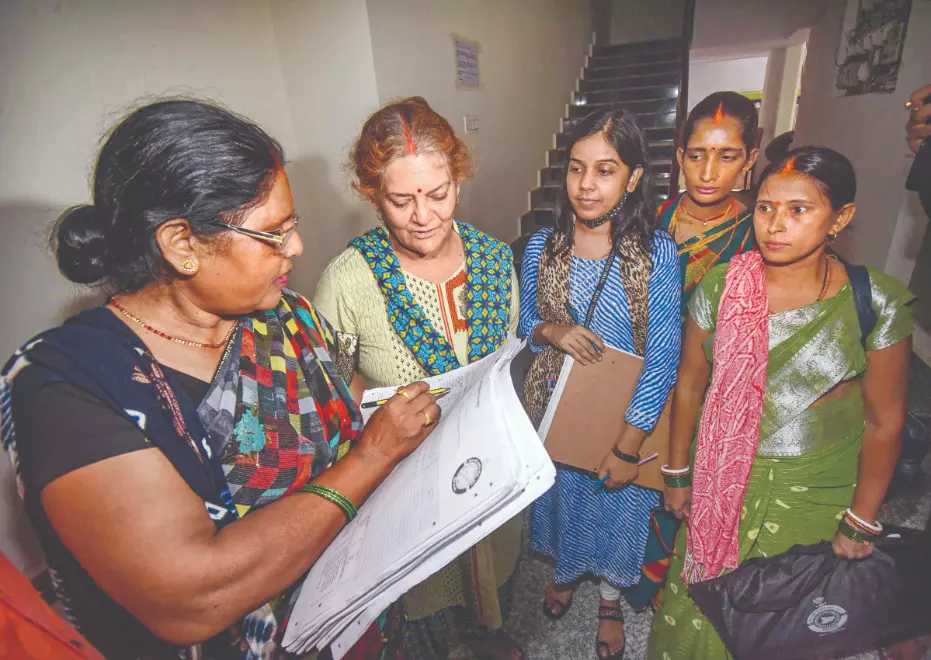In a first, citizens will be able to self-enumerate

New Delhi: The upcoming nationwide Census will witness a technological overhaul, with the government set to introduce a dedicated web portal enabling citizens to self-enumerate for the first time. The portal will be functional for both phases of the Census—Houselisting and Housing Census (HLO) and Population Enumeration (PE), senior officials confirmed on Monday.
Described by authorities as a significant step toward digitising the national data collection process, the 2026–27 Census will be the first in India to be conducted digitally. Enumerators will collect household and population data using mobile applications compatible with Android and iOS devices.
An official involved in the planning process said, “The Digital Census initiative marks a fundamental change in how the exercise is carried out. It introduces electronic data submission, which will significantly reduce the time required to compile and analyse data.”
The two-phase enumeration exercise will begin with the Houselisting and Housing Census on April 1, 2026. This will be followed by the Population Enumeration starting on February 1, 2027. During this phase, citizens’ caste data will also be recorded.
The reference date for the Census will be March 1, 2027, for most of the country. However, in Jammu & Kashmir, Ladakh, and select snowbound regions of Himachal Pradesh and Uttarakhand, the reference date will be October 1, 2026.
The upcoming exercise will be the 16th Census conducted in India since its inception and the eighth since Independence. A gazette notification was issued on June 16 to formalise the schedule. Officials assured that robust data security protocols would be implemented to protect information during its collection, transmission, and storage. “We are incorporating multiple layers of security to ensure data integrity and privacy,” said a source from the Office of the Registrar General of India (RGI).
Registrar General and Census Commissioner Mritunjay Kumar Narayan recently wrote to states and Union Territories, instructing them to finalise changes in administrative boundaries by December 31. “Administrative boundaries must be frozen at least three months prior to the enumeration. These boundaries define the enumeration blocks, each managed by a single enumerator,” Narayan stated.
To prepare for the operation, a three-tier training programme has been structured, involving national, master, and field trainers. Around 34 lakh enumerators and supervisors will be trained to handle the massive data-gathering task.
The Census 2026–27 is expected to set a new benchmark for digital governance and public participation in large-scale data collection initiatives.



